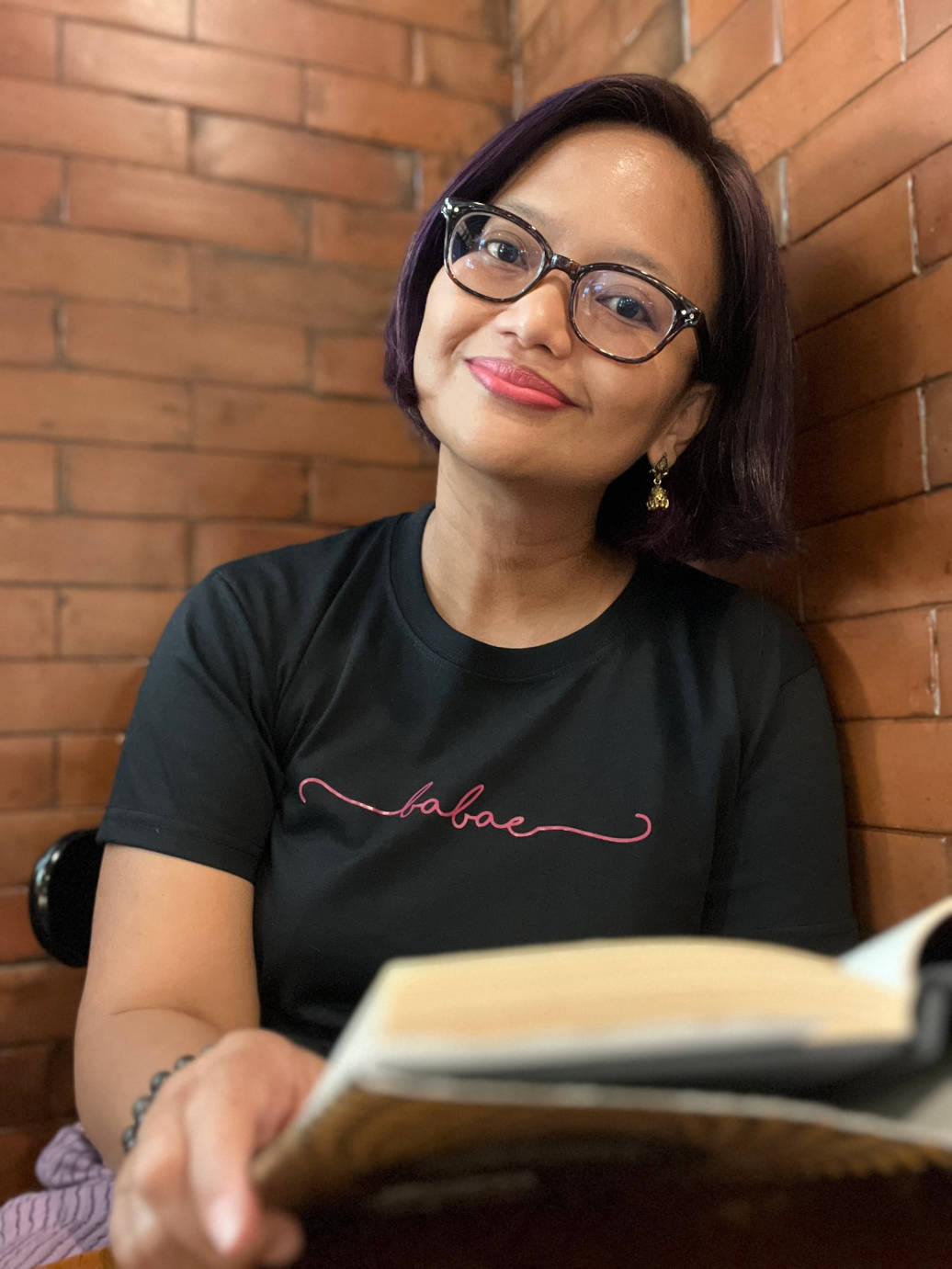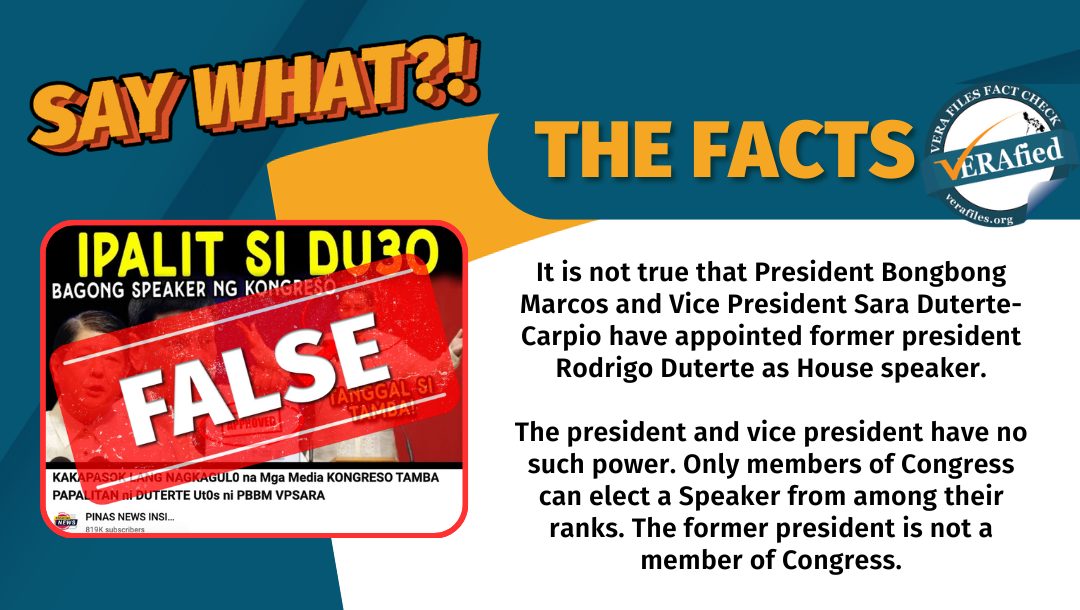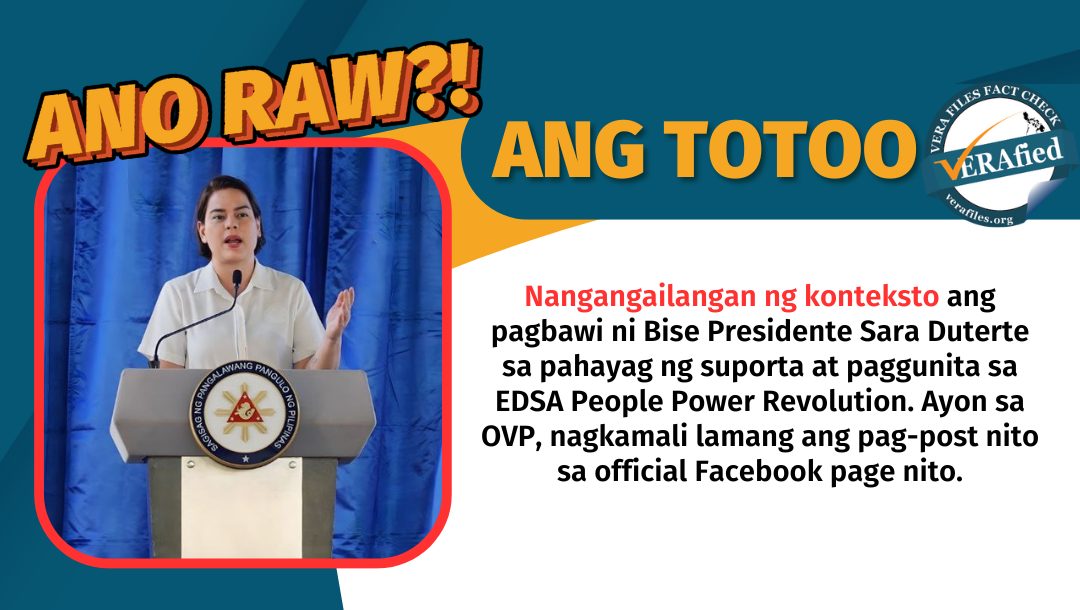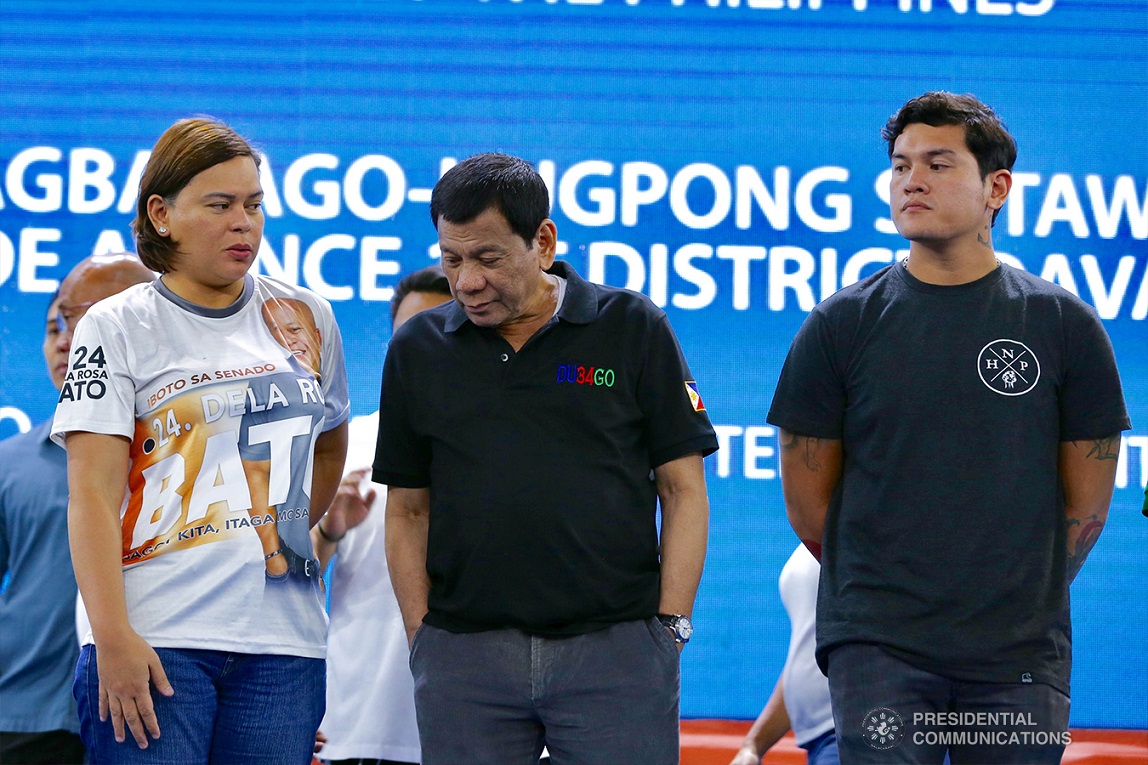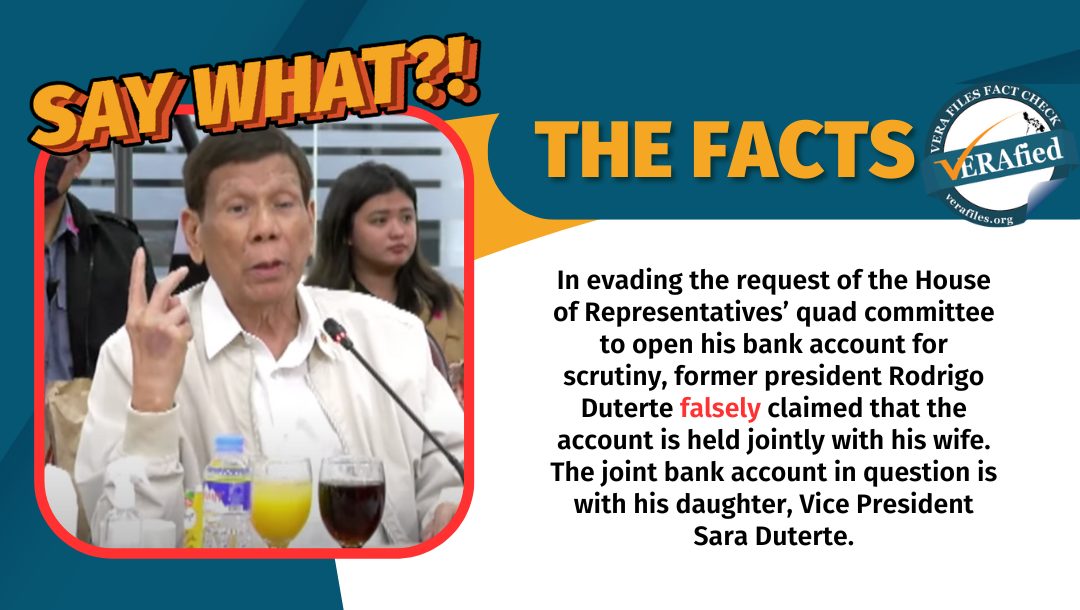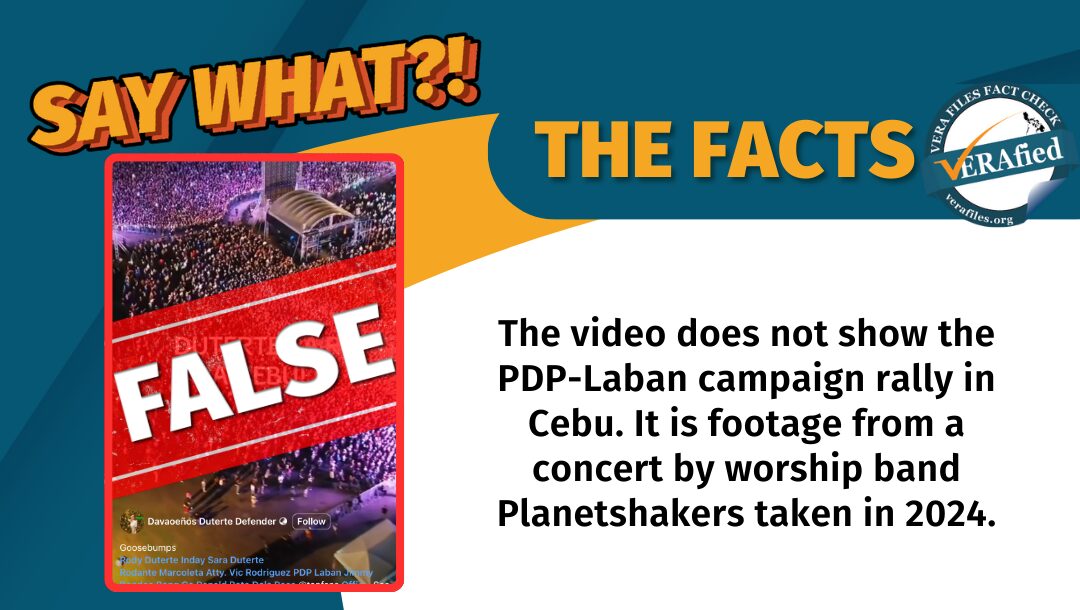When Pulse Asia’s March surveys—both for Senatorial Elections and Trust Ratings of top government officials—came out, none of it was a surprise. Instead, what it was to me was a by-product of what I had been seeing on social media. And no not my own social media account and certainly not on my algorithm. Neither is it on Facebook or YouTube.
Instead, I’m talking about Tiktok, using an account that I use solely to watch Philippine political content since November 2021, when I realized that more and more people were on the app, watching content I wasn’t seeing on my own algorithms. It was on Tiktok that I saw the deluge of content that was rewriting Martial Law history, reframing those years into a time of peace, order, prosperity, which made the Marcoses the victims of people power that kicked them out in 1986. By the time the 2022 election results were in, all of it made complete sense relative to what I was seeing on Tiktok.
I am reminded of this now, in relation to the way the Tiktok content on the Dutertes have been shifting since March 11, when the patriarch was brought to the International Criminal Court (ICC) in The Hague, to face charges of committing crimes against humanity through his drug war. By the time the Trust Ratings and Senatorial Survey came out, all of it made sense, too.
Tiktok, harm, and political content
During the March 21 House of Representatives TriComm inquiry on disinformation, a Tiktok spokesperson said that “harmful” content is not allowed on the platform pertaining, of course, to online hate, cyberbullying, etc. But what of the content that harm democracy and freedom, that create a climate of fear and disinformation? Rewriting history, decontextualizing information, spewing baseless opinion—all those are harmful, too, but none of them would be flagged by Tiktok as “harm.”
The app’s navigation itself, in fact, arguably feeds off misinformation. A Tiktok account’s For You Page (FYP)—the equivalent of Facebook’s news feed—will not show any dates or timestamps at all for the information users see. Instead, all you see on your feed are account names and the number of likes, comments, saves, and shares. This means you can go through an endless scroll of political content and not know when these were generated or posted. It takes two more clicks to see a timestamp: you click on the account that posted content, which then shows you thumbnails and the number of views of each of their posts; and then you click on the post you just saw, which shows you the date or time of posting.
Otherwise, the FYP is a continuous scroll of content with no clear sense of past or present, fact or fiction. Tiktok will say that this is not a newsfeed, because its FYP is about entertainment and user-generated content. But that this FYP can be filled with political content, because this is what you are interested in as a user, is what makes it dangerous. Sure, timestamps are irrelevant for celebrity OOTDs, but if I’m on this app for political news and current events, then its dangers are massive.
Unless of course you’re on the other side of content creation, which means you are using precisely this Tiktok algorithm to change narratives, skew public opinion, and shift stories in your favor.
The Tiktok Dutertelenovela
While most everyone problematized how Kitty Duterte’s Instagram stories was the lifeblood of the news on the Duterte arrest on March 11, many missed the fact that while Instagram stories expire, Tiktok content does not. And so Kitty’s stories in fact ensured re-content for Tiktok, as it was an opportunity for them to falsely frame the narrative of the arrest right away and at scale as a kidnapping.
Duterte articulated it when he was told that he was being arrested by the ICC. Kitty repeated it in her content on March 11 and 12, and it continues to be repeated to the present, most recently at a Manila campaign stage where Sara declared that she would buy tickets for everyone in the audience to go the Hague and kidnap her father from the ICC prison and take him back home.
This framing of the arrest as a kidnapping is but one of multiple narratives buttressing the Dutertes on this algorithm. Just as interesting is the creation of a narrative about the Duterte family as a unit, with children and siblings, ex-wives and girlfriends, a patriarch at the center of it, old and weak, frail and alone, kidnapped and jailed, undeserving of this treatment.
This Dutertelenovela has been so well done, no one has cared to ask why it was that it was Honeylet and Kitty who accompanied Duterte back home from Hong Kong, when Sara was on the same stage with her father the day before. Instead, we listened as Sara talked about welcoming the arrival of Duterte’s girlfriend Honeylet to the Hague, as it meant finally being able to shave her legs, bathe properly, sleep well; and soon enough the sisters appeared together (a first, publicly) to speak to the group of supporters waiting at the recently christened “Duterte Park” outside the prison. Sara made sure Kitty was in the frame of the vertical video, teasing her about her boyfriend, both of them bantering.
By the time Sara left, Kitty was ready to celebrate her birthday at the park with her father’s supporters and Honeylet became central figure in the content, declaring after one visit to Duterte that the patriarch had a message for his followers: “Sabi niya, kalimutan niyo raw siya kung di niyo daw suportahan ang PDP niya.”
This was not new—many Duterte pundits had been calling for a straight PDP vote long before, saying it’s the only way to make sure Sara is not impeached. With Duterte arrested, the call was given new fuel—if Sara is not impeached, she will win 2028, and Duterte can be taken back to the Philippines. Sara herself would start campaigning for the straight PDP vote.
At the same time, Pulong and Baste were kicking off their local campaigns in Davao and reinventing their public images as well. Gone were the angry sons defensive for their father and sister. Instead, both were cracking jokes, making the audience laugh, and even … gasp! … dancing. This, after months of Baste hurling invectives at the President at public gatherings, doing toxic masculinity like his father. At the Hague, Pulong finally speaks to their supporters after a visit to his jailed father, talking about only having hugged his father five times in his life, including during this first visit. He then jokes that it was awkward because Duterte would rather hug a woman. The crowd laughs.
The change in the public imaging of the Duterte children, and the creation of the “family” now united in the face of a patriarch in crisis, is of course deliberate. It is unlike how we’ve seen them since their foray into national politics, and it effectively erases the Baste painted by Duterte himself as a wayward youngest son, Pulong as the son implicated in the drug trade, and Sara the daughter who punches sheriffs, threatens to exhume dead bodies, and announces she’s contracted an assassin to kill the president if anything happens to her.
Politics, content, algorithms
These narrative shifts are only possible because the Dutertes are doing Tiktok content like it’s nobody’s business. And while it’s easy to presume that this is a matter of massive funds and troll and content creation farms; I would beg to disagree. Yes, there is a content strategist working this, but what the Dutertes have, what they have harnessed, are organic content creators. They give Duterte supporters in the Philippines and in the Hague access, knowing full well that one soundbite, recorded by multiple phones, posted and re-posted, recreated into other content, will land on more supporters’ eyeballs than if they spoke to mainstream media.
They nurture this algorithm to their benefit, and they have not stopped. From the day that Duterte was arrested, through to Duterte’s birthday on March 28, and to the present. When I started nurturing this algorithm in 2021, it was primarily a Marcos-Duterte algorithm, with their shared and individual content. It had been maintained as such, until it changed with the Duterte arrest.
Now there is barely any pro-Marcos content, and even Imee rarely appears unless she’s with VP Sara. Now there are only PDP candidates, ones who have not appeared for across this 2025 campaign season. Now, it is all the Dutertes. The For You Page shows it, and the surveys, too.
The burden of course is on us to figure out what to do next.
The views in this column are those of the author and do not necessarily reflect the views of VERA Files.

